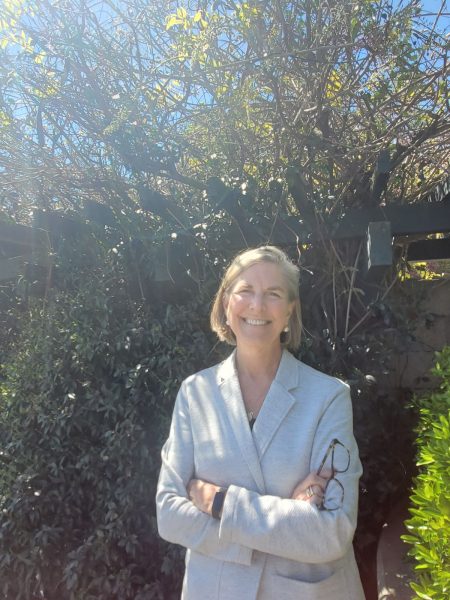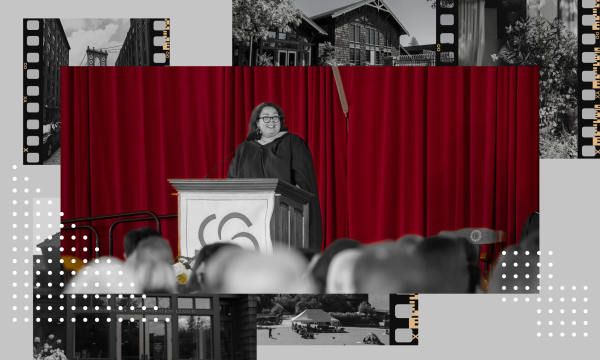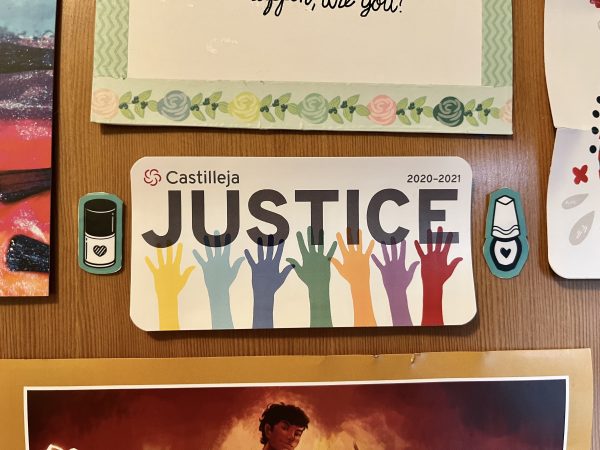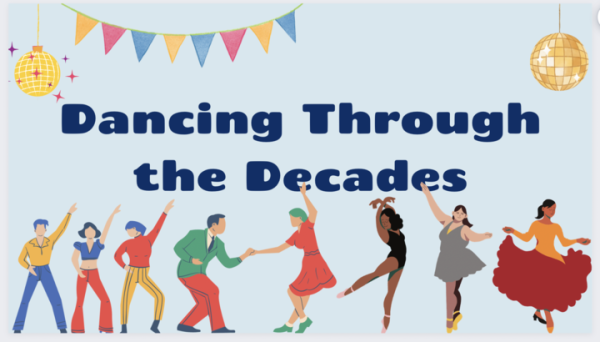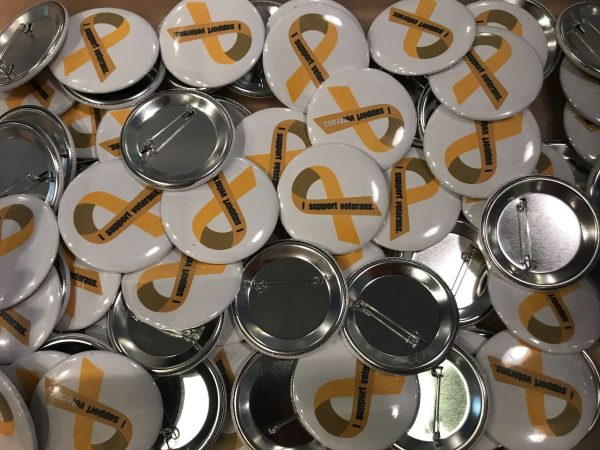The truth about love languages
Chapman’s five love languages include words of affirmation, quality time, acts of service, gifts, and physical touch.
Love languages: words of affirmation, quality time, acts of service, gifts and physical touch. These five pillars of love were most popularly introduced to the world in the book The 5 Love Languages: The Secret to Love That Lasts by Gary Chapman in 2015. Since then, the question of “What is your love language?” has permeated the world of love. In my own teenage experience, the question has most frequently come up in a chatty group of friends poking and prodding each other about their love lives.
In the past, when I have been prompted with this innocent question, I always responded with a hesitant, “Um I don’t know,” followed up with one of the five love languages chosen at random as a way to move the conversation forward since I really had no clue what my answer would be. Hearing my friends pause and think for just a moment before confidently declaring what they thought their love language to me always puzzled me, as I never felt that I could boil all the love I felt I had ever received down into one of these main categories, nor could I pick a “favorite kind of love.” To me, this whole love languages thing seemed like more a money-making scam than Valentine’s Day.
Around the Castilleja campus, however, some shared a different sentiment. Love languages, it seems for some students, are one of the most vital parts of intimacy in any type of relationship. “Understanding the love language of the other person in any kind of relationship is so important,” one senior stated. “Understanding one another on this deeper and unspoken plane helps you maintain healthy and fulfilling relationships.”
Love languages for Bella Monsalve `22 also represent how intimate you are with someone. Monsalve mentioned, “Your love language depends on how comfortable you are with the person. I think as your relationship develops and changes, how you can and want to express and receive love develops as well.” Love languages aren’t something stagnant and individual for Bella, they meld and move in conjunction with the relationship and change from relationship to relationship.
For another senior, their love language does stay the same in all of their relationships, including platonic and familial ones. This student shared, “I love words of affirmation and physical touch most, but I also love quality time. I think words of affirmation are my favorite though…it’s very assuring and warming to know how much you’re appreciated.”
I think that love, as we all know, is one of the most confusing and impossibly elusive elements of life and being a human. In my head, it was so much so that it seemed pointless to try and slice it up nicely into five pieces, into only five different love languages that everyone somehow finds intimacy in. But, I realize now that love languages act only as a lens, as a way of trying to catch a glimpse at the impossibly vast idea of what love is. Each of the students I spoke to used their idea of love languages to try to understand the love in their life.
In the end, despite the number of books Mr. Chapman was able to sell based upon these principles, and how much data has been stored from teens across the country on BuzzFeed quizzes about love languages, many people have actually benefited from being able to grab hold of a tiny corner of understanding love in their worlds through their love languages.

Anja Peterson '22 is the Editor of Arts and Entertainment. Besides writing for Counterpoint, she loves playing soccer and loves musical theatre. Anja would...

Thea Louise Dai '24 is an Editor-in-Chief of Counterpoint. For her fourth year writing for the paper, she hopes to impact the Castilleja community by telling...



